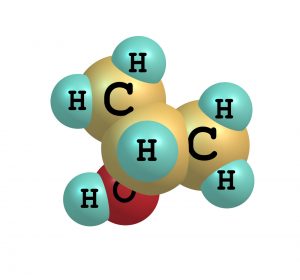
About the author
Ruth Barratt is an Infection Prevention and Control Consultant and Health Quality Advisor RN, BSc, MAdvPrac (Hons), CICP-E. Ruth provides advice and training to Reynard Health Supplies concerning the needs of infection prevention and control professionals and developments in the industry.
Ruth originally trained as a registered nurse in the UK but preventing infections has been her specialised field of work in NZ and Australia for over 20 years. She obtained her Masters in Infection Control and Prevention through Griffith University and is currently undertaking a PhD at the University of Sydney – again in the area of infection prevention
Alcohol is often the poor cousin when it comes to articles written about disinfectants used in healthcare. Bleach, (sodium hypochlorite), quaternary ammonium compounds and more recently hydrogen peroxide, peracetic acid and UV technology feature largely in the research literature. However, alcohol as a disinfectant is extremely common in healthcare facilities and is commonly used alongside other cleaning and disinfectant agents. So it was refreshing to read an article by John M Boyce, a renowned infection prevention and control expert, who presented an overview of using alcohol products to disinfect healthcare surfaces (Infection Control & Hospital Epidemiology 2018; 1-6.)
[emph]This article summarises parts of the above review to take a closer look at alcohol used as a healthcare product for surface disinfection. Alcohol is also an important ingredient in waterless based hand hygiene products – ABHR – however this usage for alcohol is not discussed here.[/emph]
Types of alcohol
There are different names for alcohol used in healthcare disinfection, but the three most common types are:
- Ethyl alcohol or ethanol
- Isopropyl alcohol, isopropanol, 2-propanol, or propan-2-ol
- N-propanol, 1-propanol, or propan-1-ol. (The term ‘rubbing alcohol’ is used in the USA for products
containing 70% isopropyl alcohol.) The concentration of alcohol is usually expressed as a
percentage by volume e.g. 70% v/v.
Less is more (potent)
The higher the percentage of alcohol does not necessary mean it is better at killing bacteria. Early studies from 1895 tested different concentrations of alcohol (25% to 99%) to eliminate articles contaminated with bacteria. Today’s guidelines recommending the use of 60%–90% alcohol for antisepsis and disinfection are largely based on these early studies.
Clinical use in the hospital setting
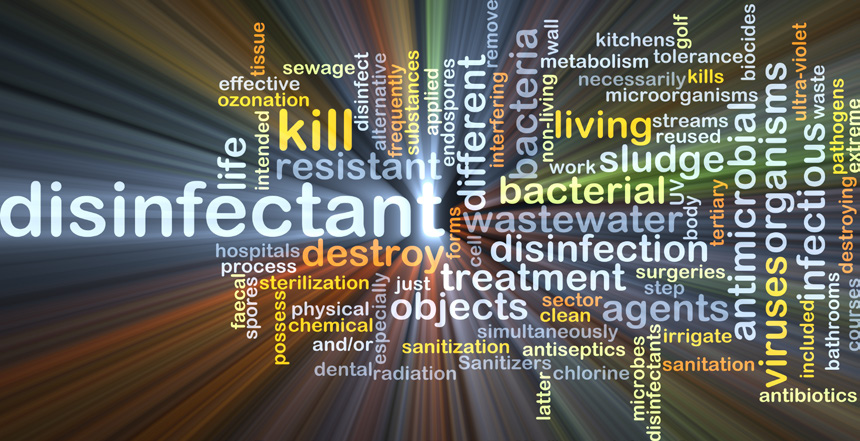 Alcohol is generally classified as a low-level disinfectant – primarily due to the fact that it has no or limited sporicidal activity. It is commonly used in different ways in the healthcare setting:
Alcohol is generally classified as a low-level disinfectant – primarily due to the fact that it has no or limited sporicidal activity. It is commonly used in different ways in the healthcare setting:
- Disinfecting small noncritical items e.g. stethoscope,
blood pressure cuff - Skin antisepsis prior to a sterile or aseptic procedure
e.g. injection or insertion of a vascular catheter - Flushing endoscopes after reprocessing
- Disinfecting environmental surfaces
The most common product formulation on the market are alcohol impregnated wipes, in different sizes depending on their use. The wipes may also be combined with other antiseptic products, e.g. skin disinfection wipes often contain 70% isopropyl alcohol and 4% chlorhexidine gluconate. Alcohol has reduced activity in the presence of organic matter with limited detergent properties, therefore the surface needs to be clean before the alcohol can have an antimicrobial effect.
Pros and cons using alcohol
As with any disinfectant product, there are pros and cons to using an alcohol disinfectant. The following table of advantages and disadvantages of using alcohol is an excerpt from Rutala WA, Weber DJ. Disinfection, sterilization, and antisepsis: an overview. Am J Infect Control 2016;44:e1–e6.
Advantages |
Disadvantages |
|---|---|
|
|
Evaporation
Disinfectants rely on a contact time to be effective. Alcohol solutions tend to evaporate quickly when applied to surfaces which then limits the contact time. The rate is similar for either isopropyl alcohol or ethyl alcohol but the higher the concentration of alcohol, then the quicker they will evaporate – another reason for not using a very high concentration of alcohol. Sometimes a manufacturer will include a surfactant or other additive to the formulation that will prolong the contact time.
How does alcohol kill bacteria and viruses?
There a few ways that alcohol can kill bacteria and viruses, the most important one is that they will denature proteins. Other modes of action include having a direct effect on the RNA of the organism, killing the cell through breaking its plasma membrane, cell lysis and interfering with the metabolism of the cell.
What bugs will it kill?
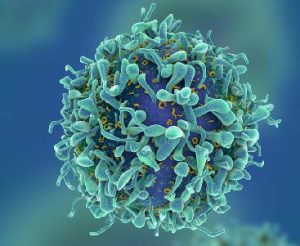
All of the types of alcohol will kill most bacteria, including mycobacteria, but is really only effective in concentrations >60%. As stated previously, alcohols will not eliminate spores, which means it is not a good choice when considering disinfection of surfaces contaminated with Clostridium Difficile – a spore forming organism. However, Boyce reports that combining ethyl alcohol with alkali, mineral acids, hydrogen peroxide, or some surfactants can enhance its activity against spores. Alcohol also kills fungi and many viruses.
It has particularly good activity against viruses such as herpes, HIV, Influenza, Hepatitis B&C, but poor activity against Hepatitis A and polio. Ethyl alcohol is more virucidal than isopropyl alcohol when it comes to non-enveloped viruses such as Adenovirus, Rhinovirus, Enterovirus and Rotaviruses, but the activity is slow.
Alcohol has also been shown to be effective in disinfecting surfaces contaminated with pandemic viruses such as Ebola and SARS Coronavirus and has some activity against Norovirus.
Reasons to choose alcohol products as a low level disinfectant
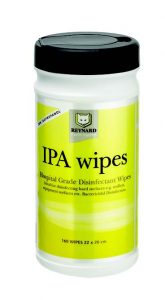
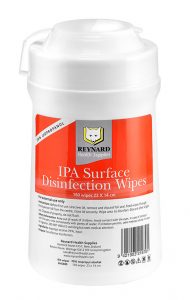
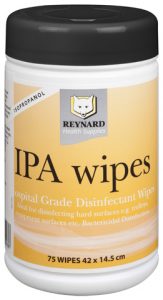 The following attributes of alcohols make them a good choice in the right circumstance:
The following attributes of alcohols make them a good choice in the right circumstance:
- Easy to use
- Non staining
- Acceptable odour
- Rapid onset of action
- A broad spectrum of antimicrobial activity
